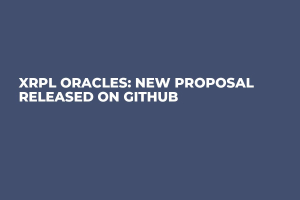
Disclaimer: The opinions expressed by our writers are their own and do not represent the views of U.Today. The financial and market information provided on U.Today is intended for informational purposes only. U.Today is not liable for any financial losses incurred while trading cryptocurrencies. Conduct your own research by contacting financial experts before making any investment decisions. We believe that all content is accurate as of the date of publication, but certain offers mentioned may no longer be available.
The Spend the Bits protocol on XRP Ledger (XRPL) is currently being shilled as a better alternative to the Lightning Network on the Bitcoin (BTC) blockchain. This shilling came as a response from XRP holders' lawyer John Deaton to data shared by WhaleWire regarding performance stats around the Lightning Network.
According to the insights shared, the Lightning Network has seen its overall usage slump by approximately 84% since last year. This negatively astounding stat is further compounded by the fact that the Layer 2 payment protocol's capacity has been adjudged to be down by approximately 15% in the past three months.
For proper context on the protocol's situation, the Lightning Network can now process just 5,000 Bitcoin units, a count that represents just about 0.00023% of the entire Bitcoin network's supply. The woeful performance is notably undermining the relevance of Bitcoin or the Layer-2 network as a certified payment protocol, and market experts are beginning to see an alternative in other equally innovative protocols like XRPL.
Spend the Bits currently serves users in Canada primarily, with planned expansion to El Salvador and other parts of the world in its bid to gain a strong footing in the crypto payments world.
XRPL vs. Bitcoin utility
There is currently no doubt that Bitcoin paved the way for the biggest blockchain and crypto innovations that we are seeing today; however, its dominance might just be falling with innovative new players like the XRPL now emerging in the space.
XRPL is native to the Ripple Labs ecosystem, and while it can perform similar smart contract functions like Ethereum (ETH), Solana (SOL) and other Layer-1 protocols around today, it is specifically designed to enhance cross-border and digital currency remittances across the board.
The XRPL protocol is not out to compete with Bitcoin, but it is notably set to take some share of Bitcoin in many regards in the mid- to long term.


 Gamza Khanzadaev
Gamza Khanzadaev Arman Shirinyan
Arman Shirinyan